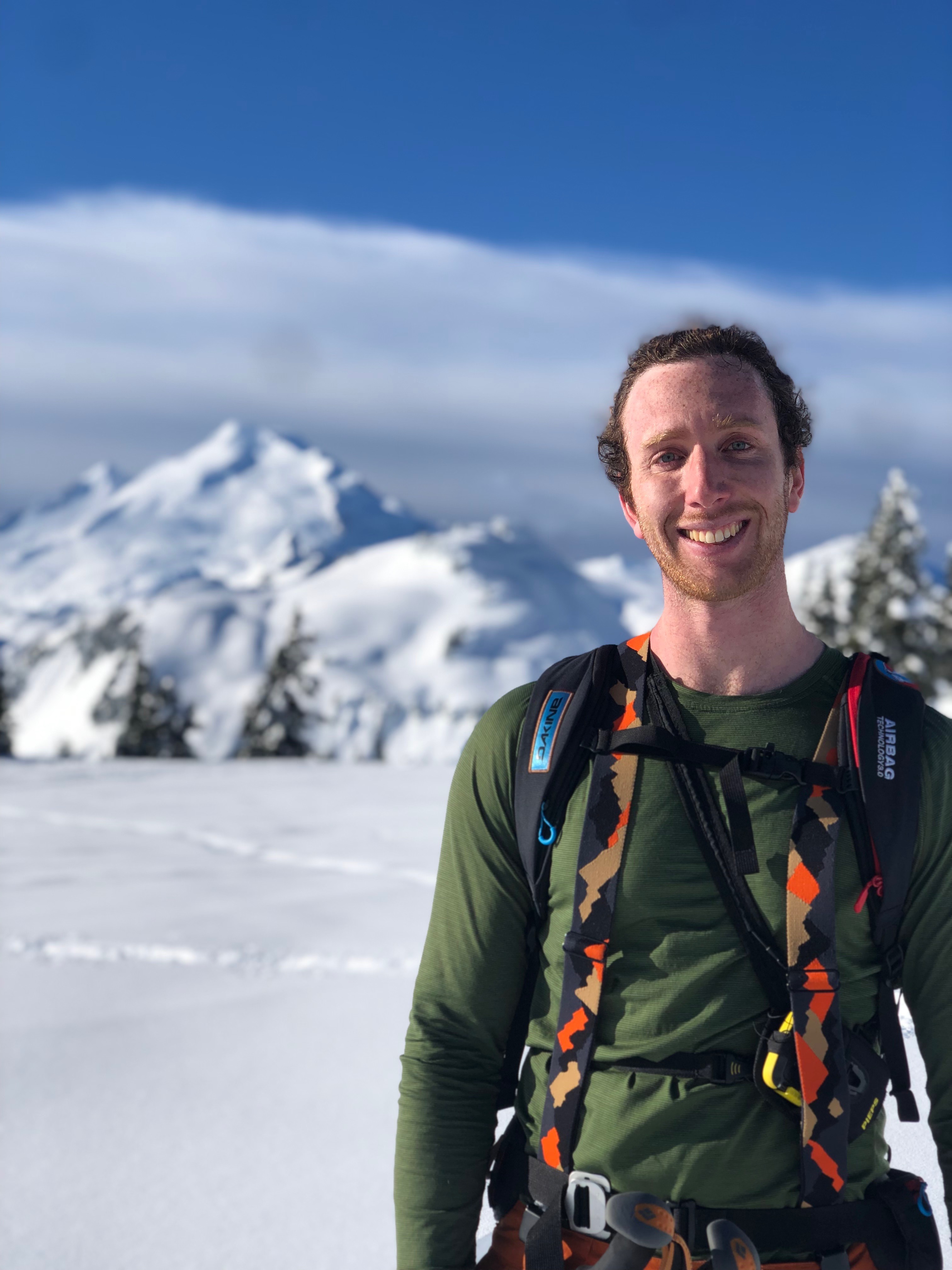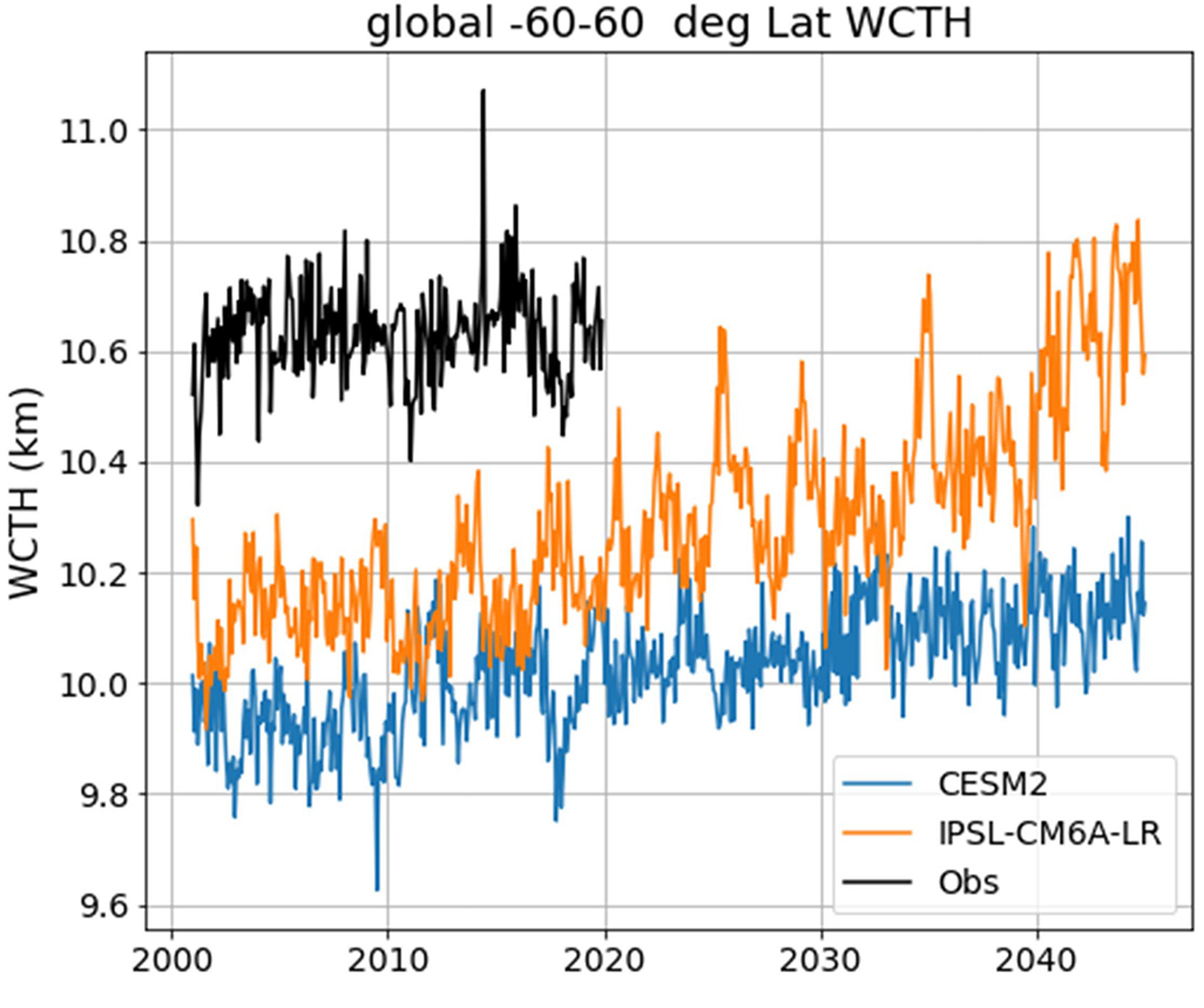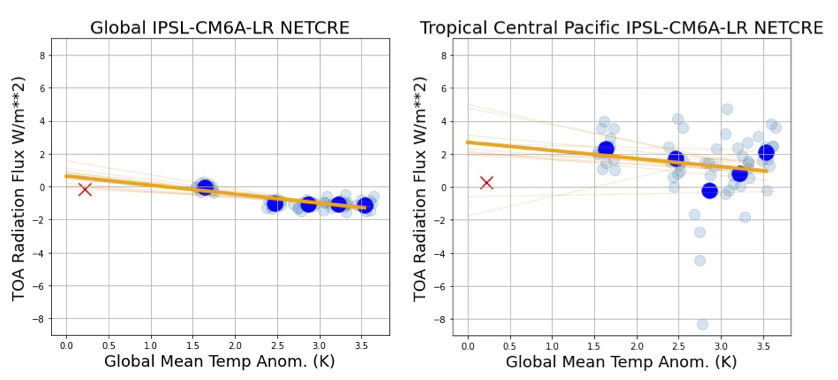
My name is Travis Aerenson and I'm an Associate Research Scientist of Atmospheric Science at the University of Wyoming studying climate change and how we expect it impact regional water stress with Daniel McCoy. I received a PhD at the University of Washington studying cloud radiative feedbacks with Roger Marchand.
My research focuses on clouds and precipiation processes and the ways we expect them to change in a warming climate. I like to formulate simple analytical or data-driven models to help understand the processes impacting cloud radiative effect and precipitation. A portion of my research focuses on predictibility of snowpack in the American mountain west and that atmospheric processes contributing to spread in decadal predictions. Another portion of my research is on how the timing of cloud occurence simulated by Earth system models contributes to errors in their simulation of cloud radiative effect. Most recently, I have been studying atmospheric moisture transport. This work has generated the new Evaporation Dataset of RegiOnal Precipitation Sources (E-DROPS), which tracks moisture transport into each of the HUC2 regions of the United States. This new dataset has yielded interesting findings on trends in atmospheric moisture transport, and how the moisture sources differ for extreme precipitation and light precipitation events.
During my PhD I used a combination of satellite observations and climate model simulations to diagnose the physics that causes clouds and to change in our warming climate, and how cloud changes will continue to impact future warming. Using a combination of satellite observations and model output from the COSP instrument simulator, I performed model intercomparison of projected changes of cloud attributes, and analyzed the biases in modeled clouds, and relate them to predicted cloud changes.
Before my graduate work I studied Physics at Colorado College, where I honed my love for science and the outdoors. During which time I interned at the National Center for Atmospheric Research, doing research on how extreme weather events will change in the 21st century, and reversibility of climate change. These days when I'm not working you can probably find me playing somewhere in the mountains.

